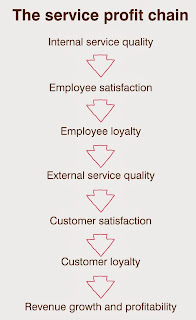 We’re working with a London based client at the moment, helping them put some extra magic and sparkle (no, not that one) into their brand.
We’re working with a London based client at the moment, helping them put some extra magic and sparkle (no, not that one) into their brand. We were up there last week running a workshop with their CEO, FD and their managers as part of the process. During the workshop day they continually struck me as a brilliant example of an organisation whose senior management had genuinely given autonomy to their teams to run their units as they saw fit, trusting and respecting them to make decisions based on their own knowledge and experience, and were reaping the rewards as a result.
It made me recall US business theorist Dan Pink's thinking about performance at work where Autonomy (the ability to dictate the course of your work, Mastery (the over arching desire to get better at stuff) and Purpose (The reasons you do what you do at work) are more powerful drivers than money in employee engagement and retention.
The impact of this culture was clear to see all over the place. You could see it happening in the workshop - The directors purposely taking a back seat to give their staff a voice. When split into two groups to think about their brand truths, the groups came up with an almost identical set. Consensus easily reached. Turnover was low. This group, we found, had been working for the organisation for years, in fact most had been customers in the first place.
Perhaps the most revealing metric came from some research we conducted amongst current customers. It revealed truly stunning levels of loyalty and advocacy, with 95% saying they would come again and 91% saying they would recommend them to a friend.
A perfect example of the service profit chain in motion where internal service quality = happy staff = happy customers who keep coming back.